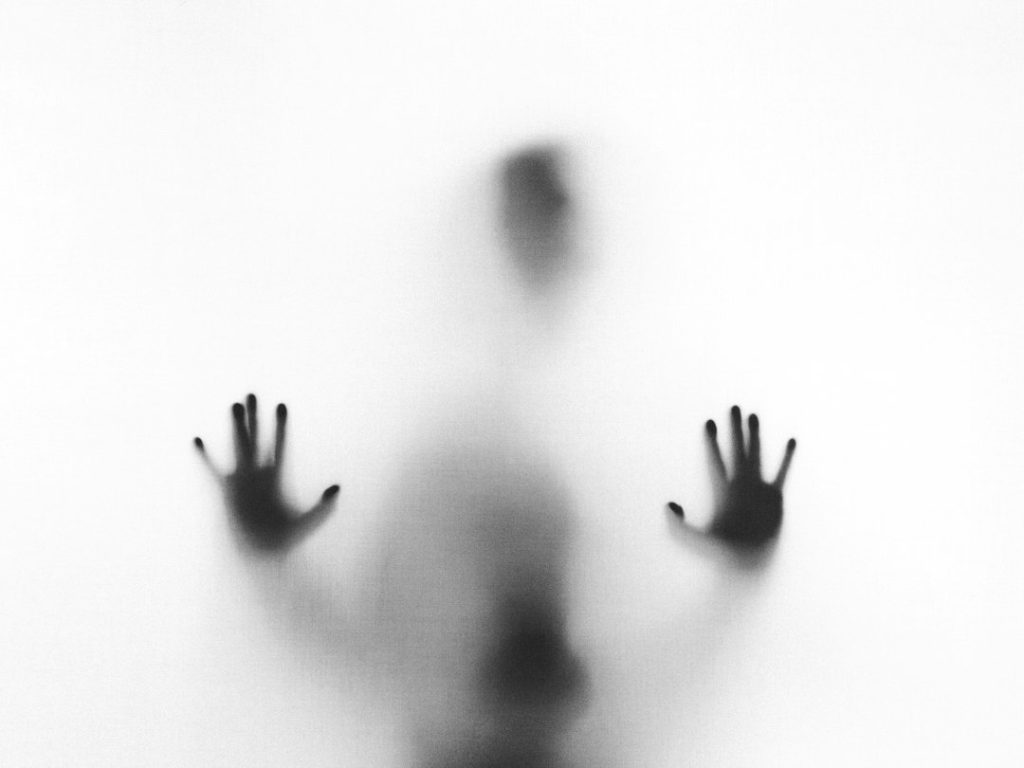Bearded dragons are popular pets among reptile enthusiasts. These fascinating creatures have unique personalities and can make wonderful companions. However, like any other animal, bearded dragons can experience pain and discomfort. Understanding their pain perception is crucial for providing proper care and treatment to ensure their well-being.
Pain perception in bearded dragons is an important aspect of their overall health. Pain can indicate an underlying health issue or injury that needs to be addressed promptly. By understanding how bearded dragons perceive pain, we can better assess their needs and provide appropriate care.
Key Takeaways
- Understanding bearded dragon pain perception is important for providing proper care.
- Signs of pain in bearded dragons include changes in behavior and physical symptoms.
- Common health issues that cause pain in bearded dragons include metabolic bone disease and impaction.
- Preventative measures for pain management include proper nutrition and environmental factors.
- Medication options for bearded dragons in pain should be prescribed by a veterinarian.
Understanding Bearded Dragon Anatomy and Physiology
To understand how bearded dragons perceive pain, it is important to have a basic understanding of their anatomy and physiology. Bearded dragons have a complex nervous system that allows them to sense and respond to stimuli in their environment.
Bearded dragons have a highly developed brain and spinal cord, which are responsible for processing sensory information and transmitting signals throughout the body. They also have a well-developed peripheral nervous system, which includes sensory receptors that detect pain and other sensations.
Bearded dragons can experience both acute and chronic pain. Acute pain is typically caused by injuries or infections, while chronic pain may result from conditions such as metabolic bone disease or organ dysfunction. It is important to recognize the signs of pain in bearded dragons so that appropriate treatment can be provided.
Identifying Signs of Pain in Bearded Dragons
Bearded dragons are known for their stoic nature, which means they may not always show obvious signs of pain. However, there are subtle changes that can indicate they are experiencing discomfort.
Changes in behavior are one of the most common signs of pain in bearded dragons. They may become more lethargic or exhibit unusual behaviors such as hiding or refusing to eat. They may also show signs of aggression or become more irritable than usual.
Changes in appetite can also indicate pain in bearded dragons. They may eat less or refuse to eat altogether. This can be a sign that they are experiencing discomfort while eating or that they have an underlying health issue.
Changes in movement can also be a sign of pain in bearded dragons. They may move more slowly or have difficulty climbing or walking. They may also exhibit abnormal postures or have difficulty using their limbs.
Common Health Issues that Cause Pain in Bearded Dragons
Bearded dragons can experience pain from a variety of health issues. Some common causes of pain in bearded dragons include infections, injuries, and metabolic bone disease.
Infections, such as respiratory infections or abscesses, can cause pain and discomfort in bearded dragons. These infections can be caused by bacteria, viruses, or fungi and can lead to symptoms such as difficulty breathing, swelling, and lethargy.
Injuries, such as fractures or wounds, can also cause pain in bearded dragons. These injuries can occur from falls, fights with other animals, or improper handling. It is important to provide a safe and suitable environment for bearded dragons to prevent injuries.
Metabolic bone disease is another common cause of pain in bearded dragons. This condition occurs when there is a deficiency of calcium and vitamin D3 in their diet, leading to weak bones and skeletal deformities. Bearded dragons with metabolic bone disease may experience pain and have difficulty moving.
It is important to address these health issues promptly to prevent further pain and discomfort for bearded dragons. Regular veterinary check-ups and proper husbandry practices can help prevent and detect these issues early on.
Preventative Measures for Pain Management in Bearded Dragons
Prevention is key when it comes to managing pain in bearded dragons. By providing proper husbandry and care, many health issues that cause pain can be prevented.
One of the most important aspects of bearded dragon care is providing a proper diet. Bearded dragons are omnivores and require a balanced diet of insects, vegetables, and fruits. It is important to provide a variety of foods to ensure they receive all the necessary nutrients. Calcium and vitamin D3 supplementation is also crucial to prevent metabolic bone disease.
Proper lighting is also essential for bearded dragons. They require UVB lighting to synthesize vitamin D3, which is necessary for calcium absorption. Without adequate UVB lighting, bearded dragons can develop metabolic bone disease and experience pain.
Creating a suitable habitat is another important aspect of bearded dragon care. The enclosure should be large enough to allow for proper movement and exercise. It should also have appropriate temperature gradients and humidity levels to ensure the bearded dragon's comfort.
Regular veterinary check-ups are also important for preventing pain in bearded dragons. A veterinarian experienced in reptile medicine can assess their overall health and detect any potential issues early on.
Medication Options for Bearded Dragons in Pain

In some cases, medication may be necessary to manage pain in bearded dragons. However, it is important to work with a veterinarian experienced in reptile medicine to ensure safe and effective treatment.
Non-steroidal anti-inflammatory drugs (NSAIDs) may be prescribed to help alleviate pain and reduce inflammation in bearded dragons. These medications should only be used under the guidance of a veterinarian, as improper dosing or use can lead to serious side effects.
Other medications, such as antibiotics or antifungals, may be prescribed if the pain is caused by an infection. It is important to follow the veterinarian's instructions and complete the full course of medication to ensure the infection is properly treated.
Pain management in bearded dragons should always be done under the guidance of a veterinarian. They can assess the severity of the pain and determine the most appropriate treatment options.
The Role of Nutrition in Bearded Dragon Pain Management
Nutrition plays a crucial role in preventing and managing pain in bearded dragons. A balanced diet with proper supplementation can help prevent metabolic bone disease and other health issues that cause pain.
Bearded dragons require a diet that consists of both animal protein and plant matter. Insects such as crickets, mealworms, and dubia roaches can provide the necessary protein. Vegetables such as collard greens, kale, and squash should also be included in their diet.
Calcium and vitamin D3 supplementation is essential for bearded dragons. Calcium powder should be dusted onto their food at every feeding to ensure they receive adequate amounts. Vitamin D3 can be obtained through UVB lighting or through a supplement if necessary.
It is important to provide a variety of foods to ensure bearded dragons receive all the necessary nutrients. This can help prevent deficiencies and reduce the risk of developing painful conditions such as metabolic bone disease.
Environmental Factors Impacting Bearded Dragon Pain Perception
Environmental factors can have a significant impact on a bearded dragon's pain perception. Temperature and humidity levels, in particular, can affect their overall comfort and well-being.
Bearded dragons are ectothermic animals, which means they rely on external sources of heat to regulate their body temperature. It is important to provide a temperature gradient in their enclosure, with a basking spot that reaches around 95-105°F (35-40°C) and a cooler area around 75-85°F (24-29°C). This allows them to thermoregulate and choose the temperature that is most comfortable for them.
Humidity levels are also important for bearded dragons. They require a relatively low humidity level of around 30-40%. High humidity levels can lead to respiratory issues and skin infections, which can cause pain and discomfort.
Maintaining a suitable environment for bearded dragons is crucial for their overall health and well-being. Regular monitoring of temperature and humidity levels, as well as providing appropriate heating and lighting, can help prevent unnecessary pain and discomfort.
Addressing Behavioral Changes in Bearded Dragons Experiencing Pain
Bearded dragons may exhibit changes in behavior when experiencing pain. It is important to address these changes and provide proper care and treatment to alleviate their pain.
If a bearded dragon becomes more lethargic or exhibits unusual behaviors such as hiding or refusing to eat, it is important to assess their overall health. A veterinarian experienced in reptile medicine can perform a thorough examination and determine the underlying cause of the pain.
Changes in appetite can also indicate pain in bearded dragons. If a bearded dragon is eating less or refusing to eat, it may be due to discomfort while eating or an underlying health issue. A veterinarian can assess their oral health and overall condition to determine the cause.
Changes in movement, such as difficulty climbing or walking, can also be a sign of pain in bearded dragons. If a bearded dragon is exhibiting abnormal postures or having difficulty using their limbs, it is important to seek veterinary care to determine the cause of the pain.
Providing Proper Care for Bearded Dragons in Pain
Bearded dragons are beloved pets that deserve proper care and treatment when experiencing pain. By understanding their pain perception, identifying signs of pain, and providing proper care and treatment, we can ensure their health and happiness.
Proper husbandry practices, including a balanced diet, UVB lighting, and a suitable habitat, can help prevent many health issues that cause pain in bearded dragons. Regular veterinary check-ups are also important for early detection and treatment of any potential issues.
In some cases, medication may be necessary to manage pain in bearded dragons. It is important to work with a veterinarian experienced in reptile medicine to ensure safe and effective treatment.
By providing proper care and addressing any signs of pain promptly, we can ensure that our bearded dragons live happy and pain-free lives. They are unique and fascinating creatures that deserve the best care possible.
If you're a bearded dragon owner, you may have wondered whether these fascinating reptiles can feel pain. Understanding their ability to experience pain is crucial for providing them with proper care and ensuring their well-being. In a recent article by Reptile Wizard, they delve into this topic and provide valuable insights. The article explores the question of whether bearded dragons feel pain and discusses the signs that indicate discomfort or distress in these creatures. To learn more about this important aspect of bearded dragon care, check out the article here.
FAQs
What are bearded dragons?
Bearded dragons are a type of lizard that are commonly kept as pets. They are native to Australia and are known for their distinctive appearance, which includes a spiky beard-like protrusion under their chin.
Do bearded dragons feel pain?
Yes, bearded dragons are capable of feeling pain. They have a nervous system that allows them to sense and respond to stimuli, including painful ones.
What are some signs that a bearded dragon is in pain?
Signs that a bearded dragon may be in pain include decreased appetite, lethargy, hiding, vocalizing, and changes in behavior or posture.
What are some common causes of pain in bearded dragons?
Common causes of pain in bearded dragons include injury, illness, improper husbandry (such as incorrect temperatures or lighting), and stress.
How can I prevent my bearded dragon from experiencing pain?
To prevent your bearded dragon from experiencing pain, it is important to provide proper husbandry, including appropriate temperatures, lighting, and diet. Regular veterinary check-ups can also help identify and address any health issues before they become painful.
What should I do if I suspect my bearded dragon is in pain?
If you suspect your bearded dragon is in pain, it is important to seek veterinary care as soon as possible. Delaying treatment can lead to further complications and suffering for your pet.

